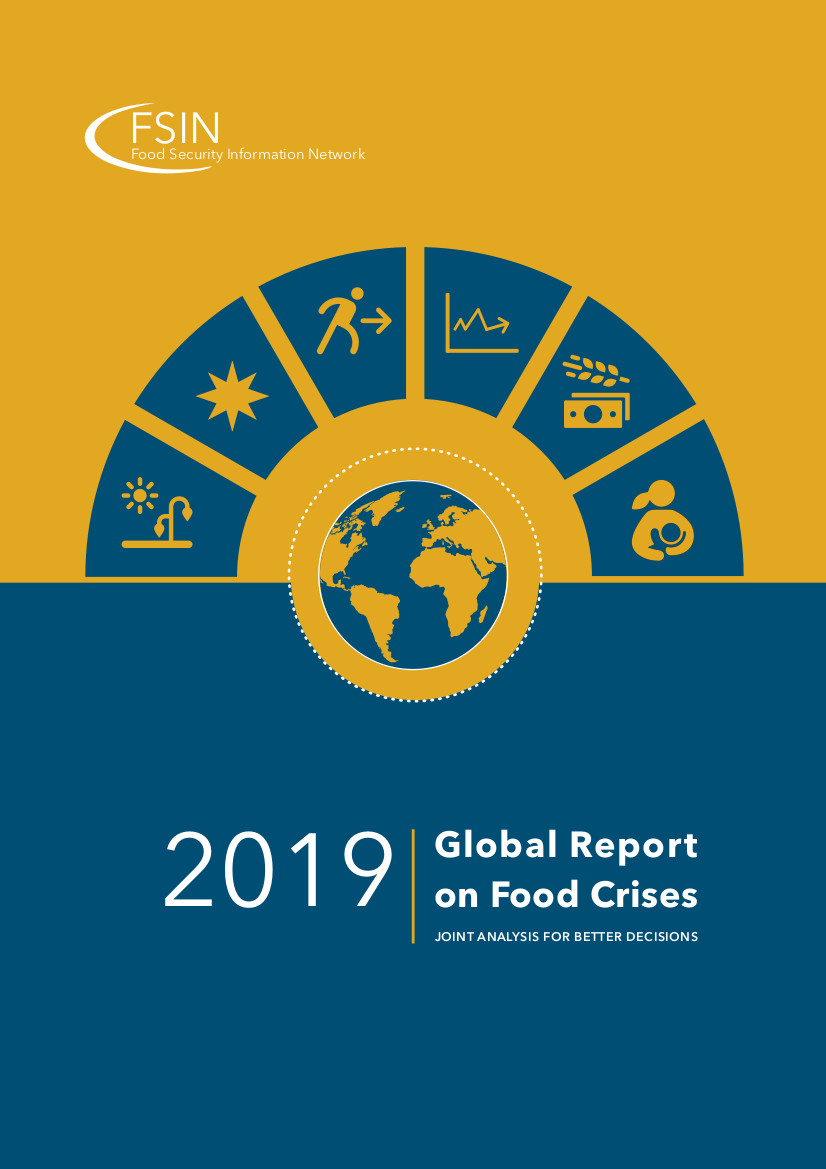The Inseparable Relationship Between Secure Land Rights and Food Security
Djibouti, 22 October 2019 – Global hunger is on the rise
again. Despite concerted efforts made, the positive trend of the last decades
has reversed in recent years, and the number of people experiencing acute
hunger has slowly
increased. In 2018, an estimated 113 million people required
urgent food assistance. Of these, approximately 27 million people lived in seven
of the eight countries in the IGAD Region. The worst affected country
in relative terms was South Sudan, with 59 per cent of the population requiring
assistance to close food consumption gaps, reduce malnutrition and protect
livelihoods. Similarly affected were rural areas in Djibouti, with 55 per cent
of rural households affected by moderate and severe food insecurity.
Food
insecurity is commonly linked to the concept of hunger. Moderate food
insecurity implies people having irregular access to sufficient and nutritious
food. Food security is achieved - according to the 1996 World Food Summit - ‘when
all people, at all times, have physical and economic access to sufficient, safe
and nutritious food to meet their dietary needs and food preferences for an
active and healthy life’. The Sustainable Development Goal 2 aims to end
hunger and achieve food security for all people at all times by 2030. Considering
the recent reversed trend and current high prevalence of hunger, the
achievement of SDG Goal 2 presents an immense challenge.
The
recent rise in global hunger is caused by three main reasons. These are conflict,
effects of the climate crisis, such as droughts and flooding, and economic
slowdowns. The majority
of countries in the IGAD Region are affected by at least one of
these three drivers of food insecurity. Globally, South Sudan and Somalia are
among those 10 countries in which conflict or insecurity were identified as the
main reasons for millions of people facing acute hunger. Ethiopia, Kenya and
Uganda are listed among those 10 countries where climate shocks were the main
cause for acute food insecurity. Moreover, 6.2 million Sudanese people were
facing an acute hunger crisis due to economic shocks.
One contributing
factor to food insecurity is the inequality in the distribution of
assets, such as land. A lack of access to land as a productive resource leaves
the poor and marginalised even more vulnerable to the effects of the main
drivers of food insecurity. The securing of land rights has positive effects on
achieving food security for a number of reasons.
First,
land forms the very basis for the production of food, whether land serves for
agricultural production or as grazing opportunity for livestock. Insecure or
absent land rights can impede people’s access to, control over or use of land
for food production. Secure land rights on the contrary can be an incentive to
invest in land improvement to increase the production of food. Second, land
ownership constitutes an asset hence a condition for accessing other productive
resources, such as financial services, inputs and technology. Secure
land tenure allows for increased access to government programmes and financial
services for investment opportunities. Enabling people, especially women,
access to credit, fertilisers and improved agricultural techniques assists with
an increase in agricultural production. Thereby, the production of food and the
generation of income can be increased. Third, the securing of women’s land
rights in particular has a number of benefits to improve food security within a
household. Women who are the owners of the land they cultivate gain improved
economic status and have greater decision making power over household income.
Studies have highlighted this can translate into higher household expenditure
on food and better
nutrition outcomes in their children. Moreover, women’s economic
empowerment can increase a household’s resilience to absorb shocks, whether these are
economic shocks, such as hikes in food prices, or natural disasters, such as
droughts or floods.
On a
global scale, East Africa accounts for the highest number of people experiencing acute
food insecurity. Furthermore, it has the highest prevalence of undernourishment (31.4%)
on the continent. Systematic approaches are required to tackle the issue of
food insecurity and hunger in the IGAD Region. The securing of land tenure,
especially of women, presents one sustainable and effective approach to achieve
this – a goal at the forefront of the IGAD Land Governance Project.
Author: Simone
Zurschmitten



